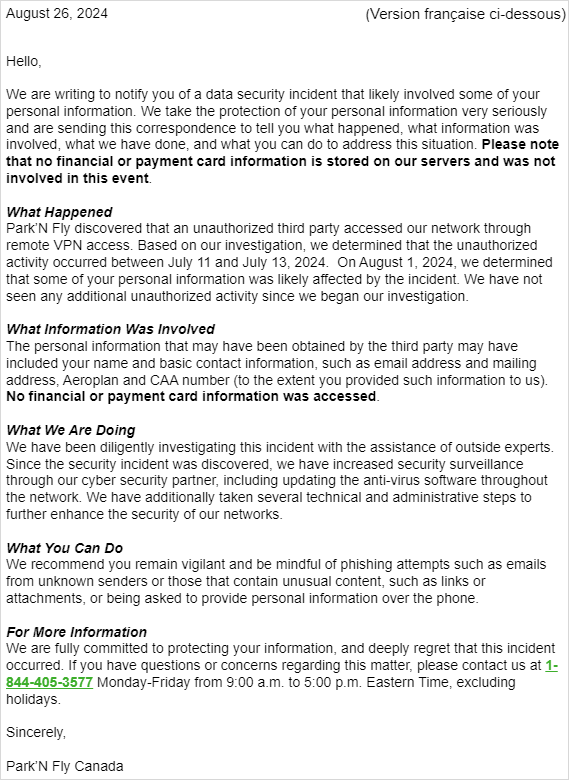
Bot attacks constitute a major danger to businesses and individuals. For five consecutive years, the percentage of global web traffic connected to bad bots has increased, reaching 32% in 2023, a 1.8% increase from 30.2% in 2022, while human traffic represented only 50.4%.
These nefarious bots are designed to breach a system, access confidential files illegally, and disrupt normal operations, which leads to severe financial and reputational consequences.
In this sense, it is important to have deep knowledge of the different types of bot attacks to help establish a resilient security measure.
Three common types of bot attacks – credential stuffing, web scraping, and Distributed Denial of Service (DDoS) – can be examined to provide valuable insights on ensuring you’re protected against them.
Why Bot Management Is Important
Bot management is a pillar of modern security, allowing professionals to identify, alleviate, and avert malicious automation. Robotic Process Automation (RPA), designed to perform recurring tasks, can be used for both beneficial and detrimental purposes.
Good bots can improve user interactions and search engine indexing, while malicious bots threaten stability, breach confidential data, and cause outages. Effective bot management helps systems differentiate between approved and unauthorized bots, protecting your digital assets.
The impact of bot attacks can be wide-ranging, putting businesses and individuals at risk. For business owners, bot attacks can cause major financial damage, system downtime, and, in the case of a breach, possible damage to the company’s reputation. These malicious bots are capable of executing credential stuffing that leads to compromised confidentiality.
Web scraping bots, also known as spiders, can steal sensitive assets in order to weaken or destroy the strength of a company. DDoS attacks can overload servers and cause revenue loss. On an individual level, bot attacks can steal sensitive financial details and violate people’s privacy, making them lose trust in online services.
The GitHub attack in 2018 is a notable example where a huge DDoS attack took down the platform temporarily. Another significant example is the wide-scale credential stuffing attacks on e-commerce platforms, compromising the security of thousands of accounts which caused severe financial damage.
Risks of Exposure to Malicious Bots
Last year, 17% of all cyber attacks on APIs involved malicious bots exploiting business logic, while 21% consisted of other types of automated threats. Rogue agents can execute scams, steal confidential data, and cause system failure; they are the main source of financial loss. For example, credential-stuffing bots embezzle funds by using stolen login credentials to gain illegal entry into accounts. In addition, bot-initiated DDoS attacks can take websites offline, resulting in financial losses and higher remediation costs.
Systems can be pervaded by bots, breaching security and stealing sensitive data. When web-scraping bots are used for nefarious purposes, they can steal personal information and intellectual property. This, in turn, can lead to identity theft and can also open the business to regulatory and civil consequences.
Large-scale investment is required to minimize and recuperate from bot attacks. Organizations need advanced security protocols, a thorough analysis, and restoration of affected services, which are all very expensive. The service interruption caused by a bot attack will take away resources meant for other important tasks, adding to overall expenses.
Types of Bot Attacks
Arguably, there are three common types of bot attacks that are especially dangerous:
Credential Stuffing
Credential stuffing is a type of cyber attack that involves threat actors using automated tools to use stolen usernames and passwords across multiple accounts, hoping to find a match. This attack takes advantage of the fact that a lot of people reuse passwords across several sites, making it easy for attackers to gain access to different accounts with the same credentials.
Signs of a credential stuffing attack include:
- Abnormal access attempts from different IP addresses.
- An increase in failed login efforts.
- Reports from people about illegal entry into their accounts.
Web Scraping
Web scraping involves using bots to obtain information from websites. Web scraping can be legitimate, as well as malicious. While genuine scraping promotes activities like URL indexing, malicious scraping aims to steal sensitive information, owned content, and intellectual property.
Fraudulent web scraping can result in stealing data that contains sensitive information like pricing details and customer data. Copyright infringement, where real content is copied without permission, can sabotage Search Engine Optimization (SEO) efforts of an organization.
To identify and minimize web scraping attacks:
- Integrate IP rate-limiting and block suspicious IP addresses.
- Use CAPTCHA to know the difference between human and bot traffic.
- Observe website traffic for abnormal patterns that might indicate scraping.
Distributed Denial of Service
DDoS attacks involve flooding a target server with internet traffic. This causes the website to become unavailable. Excessive traffic from several sources is often generated using bots. An effective DDoS attack can lead to the unavailability of a website, which results in revenue loss and client discontent. Operational disruption can also hinder important business operations.
To find and block DDoS attacks:
- Monitor network traffic for irregular fluctuations.
- Implement DDoS protection services and firewalls.
- Use server load distributors to share traffic equally to minimize the impact of an attack.
Safeguarding Against Bot Attacks
Some effective strategies to keep your systems safe include:
1. Implementation of Robust Bot Management Solutions and Tools
It is crucial to invest in comprehensive bot management solutions. These tools find and minimize the impact of harmful automation by examining traffic patterns and differentiating between genuine users and bad bots. To adapt to these advancing threats, find solutions that offer instant monitoring and flexible security.
2. Updating and Patching Software Regularly
It is essential to make sure your system is up to date to remedy any security weaknesses that bots might capitalize on. Consistent system updates and patches fix known flaws, which makes it more difficult for bots to gain access to. An automated update schedule will ensure your security is always up-to-date.
3. Using CAPTCHA and Other User Verification Methods
To know the difference between bots and humans, CAPTCHA and similar identity verification methods are effective. These tools require completing basic tasks that robots find difficult to perform, preventing AI-powered strikes. Implement CAPTCHA on forms and login pages.
4. Employing Rate Limiting and Traffic Filtering
The number of requests on a system at a particular time can be controlled by rate limiting. Rate limiting can also block activities that seem suspicious. These preventive measures can hinder bots from flooding your systems with bulk requests.
Set up your web server and network devices to apply these limits and filters.
5. Monitoring Network Traffic and Analyzing Behavior Patterns
Regular monitoring of network traffic helps to find abnormal patterns that can point to bot activity. Make use of analytics tools to uncover irregularities and trigger notifications for dubious activity. Examining these patterns can help you quickly respond to possible threats and refine your security.
Strengthening Your Defenses Against Bot Attacks
It is essential to understand bot attacks to maintain the safety of your virtual assets. By identifying the threats presented by credential stuffing, web scraping, and Distributed Denial of Service (DDoS), you can minimize the risks significantly.
Stay vigilant, deploy effective security practices, and monitor your systems regularly to withstand evolving threats.
About the Author:
Micheal Chukwube is an Experienced Digital Marketer, Content Writer, and Tech Enthusiast. He writes informative, research-backed articles about tech, cybersecurity, and information security. He has been published on Techopedia, ReadWrite, HackerNoon, and more.
Editor’s Note: The opinions expressed in this guest author article are solely those of the contributor and do not necessarily reflect those of Tripwire.



